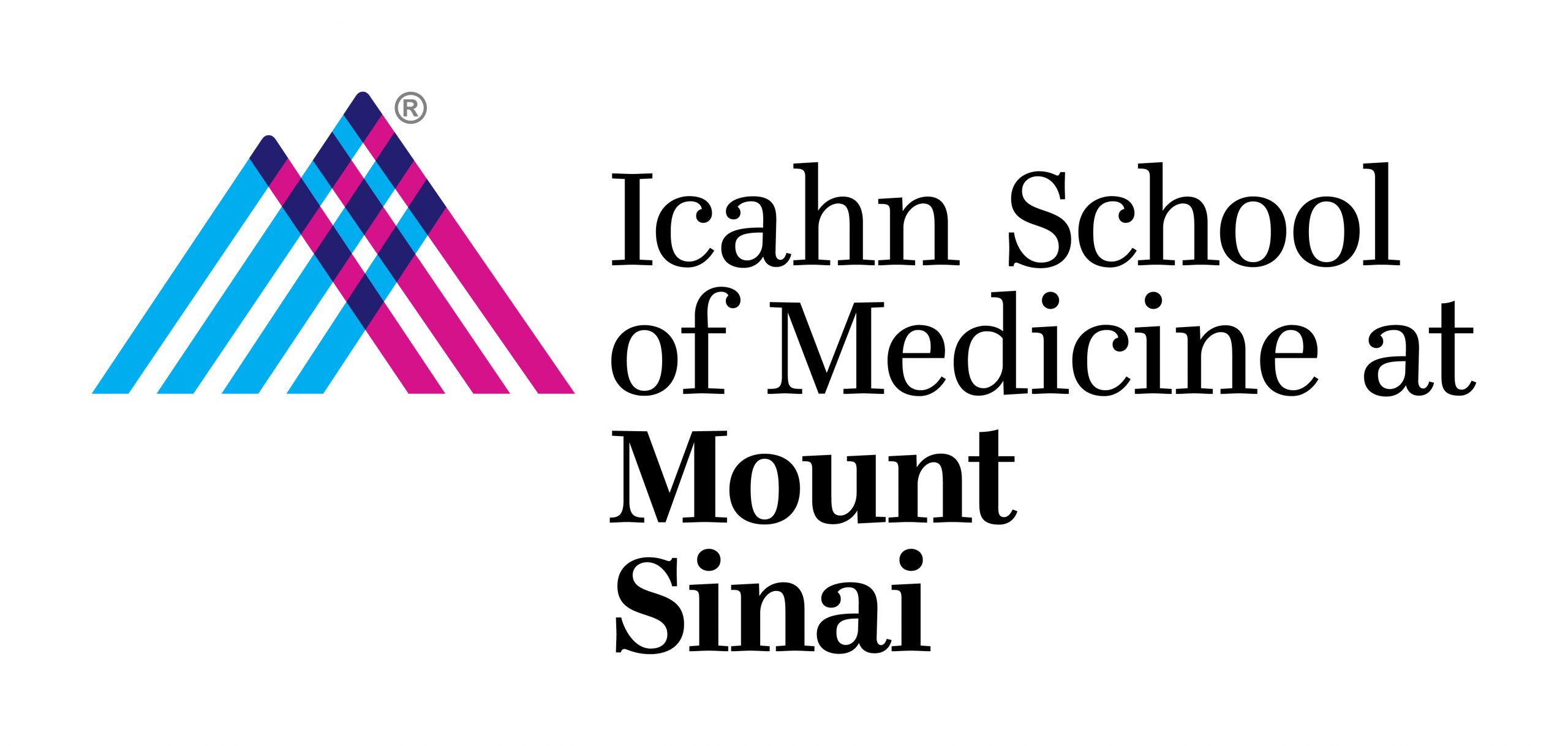By Jessica Robinson-Papp
One of our PAIRED project research studies, called TOWER, studied how best to implement the CDCs opioid prescribing guidelines in the HIV primary care clinic. We started the study because when the original guidelines came out back in 2016 we worried that they might make life difficult for patients living with chronic pain who depended on opioids. We ran the study in the Institute for Advanced Medicine, a primary care network at Mount Sinai that serves a large population of people with HIV. As the project progressed, I gained real-world experience assisting primary care providers navigate these challenging patient encounters, and came to be regarded as the local opioid management expert.
With passing years, opioid management has only become more complex. In 2022 there was a settlement of litigation brought by 46 US state attorneys general against the distributors who supply opioids to most of the pharmacies across the US. Part of the settlement mandated that the distributors implement “controlled substance monitoring programs (CSMP).” My first awareness of a CSMP came in the form of a call from a pharmacist who told me that he couldn’t fill one of my patient’s prescriptions because he had reached a “threshold” imposed by the distributor. The distributor had specifically singled out my patient because of her high dose and told him to contact me. As many physicians might, I reflexively bristled at the questioning of my judgment. Then I worried about the physical and mental impact a sudden loss of opioid access would have on my patient, and then I felt my heart sinking in anticipation of the time and energy that would be required to coordinate her care. And what if this were a harbinger? We would quickly be overwhelmed by patients in opioid withdrawal. On the other hand, I also felt some relief.
When I inherit a patient on opioids for chronic pain I try to manage their care like we did in the TOWER study. The crux of this approach is weighing risk and benefit. We all know the risks, but what do the data tell us about the potential benefits of opioids? There is good evidence that opioids help pain in the short term, but it’s not so clear for the long term. You can’t run clinical trials for years, and even if you could we don’t even agree on the outcome we should be measuring… pain relief, function, quality of life, treatment satisfaction or something else. The choice is important because these outcomes don’t always go hand in hand. For example, a 2006 study concluded that strong opioids improved pain but not function, while weak opioids and non-opioids improved function but not pain. More recently, one study found a small but significant benefit of opioids on health related quality of life, but with the caveat that the data were based on a relatively short average treatment time of 15 weeks. Open, non-randomized trials suggest pain relief with long-term opioid use, but epidemiologic data are generally less positive. For example, a large population-based study in Denmark demonstrated that patients receiving opioids long term had poorer outcomes than those who did not receive opioids. Also injured persons treated with opioids are less likely to return to work. However, these studies are confounded by the fact that in clinical practice there are important differences between patients who remain on opioids long-term and those that do not; with the former having higher prevalence of substance use and psychiatric diagnoses.
Using these complex data to weigh opioid risk and benefit for an individual patient is imprecise at best. Still I have to figure out how to treat the patient in front of me, and that’s the hard part, even though there are only three options: continue the opioid at the same dose, taper, or stop prescribing. I have to judge which option has the best risk benefit ratio, and not just for the patient. Given the risks of diversion, I must also judge the patient as an opioid steward. Will they effectively prevent the opioid from being used by others? This passing of judgement is unusual in the practice of medicine, and its finality may be unique. I know that if I don’t write the prescription it is highly unlikely in the current climate that the patient will find someone else to do it. And so that whisper of relief I felt when hearing about the CSMP for the first time came from the prospect of being relieved of the responsibility of judgment. Of course I wouldn’t actually want it to happen, and I accept my responsibility, but I do miss the simplicity and satisfaction of being my patients’ uncomplicated ally.

